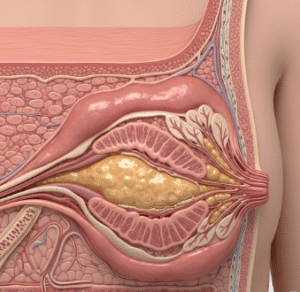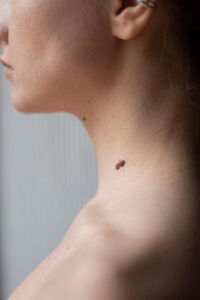What It Is
Rib removal contouring is a specialized and rare cosmetic procedure designed to create a slimmer waistline and more defined torso by surgically removing or reshaping portions of the lower ribs, typically the 11th and 12th “floating” ribs. These ribs are non-essential for structural stability, and their removal or reshaping allows the waist to appear narrower.
In Korea, rib removal contouring is offered only in select cases and performed by highly specialized plastic and thoracic surgeons. The procedure is sometimes chosen by patients seeking dramatic waist contouring, often after other body-shaping methods (liposuction, waist training, abdominoplasty) have been insufficient.
Why It’s Done
Patients consider rib removal contouring because:
- They want to achieve an ultra-slim, hourglass waistline.
- Standard body contouring methods did not provide their desired results.
- They are bodybuilders, models, or performers seeking enhanced torso definition.
- They want a permanent change compared to temporary waist-training methods.
Good candidates include:
- Patients in excellent health with realistic expectations.
- Individuals with stable weight and no major underlying health issues.
- Those who have already tried less invasive methods of waist contouring.
Alternatives
- High-definition liposuction: Removes stubborn fat for a slimmer waistline.
- Abdominoplasty (tummy tuck): Tightens abdominal wall for improved contour.
- Corset training or body shapers: Non-surgical, temporary waist reduction.
- Fat grafting or contouring procedures: Adjust waist-to-hip ratio without rib surgery.
Preparation
Before rib removal contouring in Korea, patients will:
- Undergo extensive evaluation, including X-rays, CT scans, and medical clearance.
- Consult with both plastic and thoracic surgeons to assess risks.
- Stop smoking and alcohol 4–6 weeks before surgery.
- Avoid blood-thinning medications and supplements.
- Be counseled on realistic results and potential risks.
How It’s Done
- Anesthesia: General anesthesia is required.
- Incision: Small incisions are made along the back or sides, usually hidden in natural creases.
- Rib modification: The 11th and/or 12th ribs are partially removed or reshaped to create a narrower waistline.
- Closure: Fine sutures are placed; drains may be used temporarily.
- Duration: 3–5 hours depending on extent.
Recovery
- First week: Soreness, bruising, and swelling around the torso are common.
- Hospital stay: 2–4 days for monitoring due to the invasive nature of the surgery.
- Return to activities: Light duties in 2–3 weeks; strenuous exercise avoided for 6–8 weeks.
- Final results: Waist appears slimmer within 2–3 months as swelling resolves.
Possible Complications
- Pain or prolonged discomfort during healing.
- Nerve or muscle injury.
- Pneumothorax (lung complication, very rare but serious).
- Infection or delayed wound healing.
- Asymmetry or dissatisfaction with results.
Treatment Options in Korea
Diagnosis
Korean surgeons use X-rays, CT imaging, and physical assessment to determine rib structure and whether a patient qualifies for surgery.
Medical Treatments
- Non-surgical waist reduction methods such as body shaping garments, laser fat reduction, or exercise.
Surgical or Advanced Therapies
- Selective rib removal for dramatic waist narrowing.
- Rib reshaping (contouring) instead of full removal in some cases.
- Combination with liposuction, tummy tuck, or fat grafting for enhanced results.
Rehabilitation and Support
- Pain management and physiotherapy for safe recovery.
- Scar management with silicone therapy or laser treatments.
- Long-term monitoring to ensure rib stability and healing.
- International patients benefit from Korea’s strict safety protocols, specialized surgical expertise, and comprehensive post-operative care













